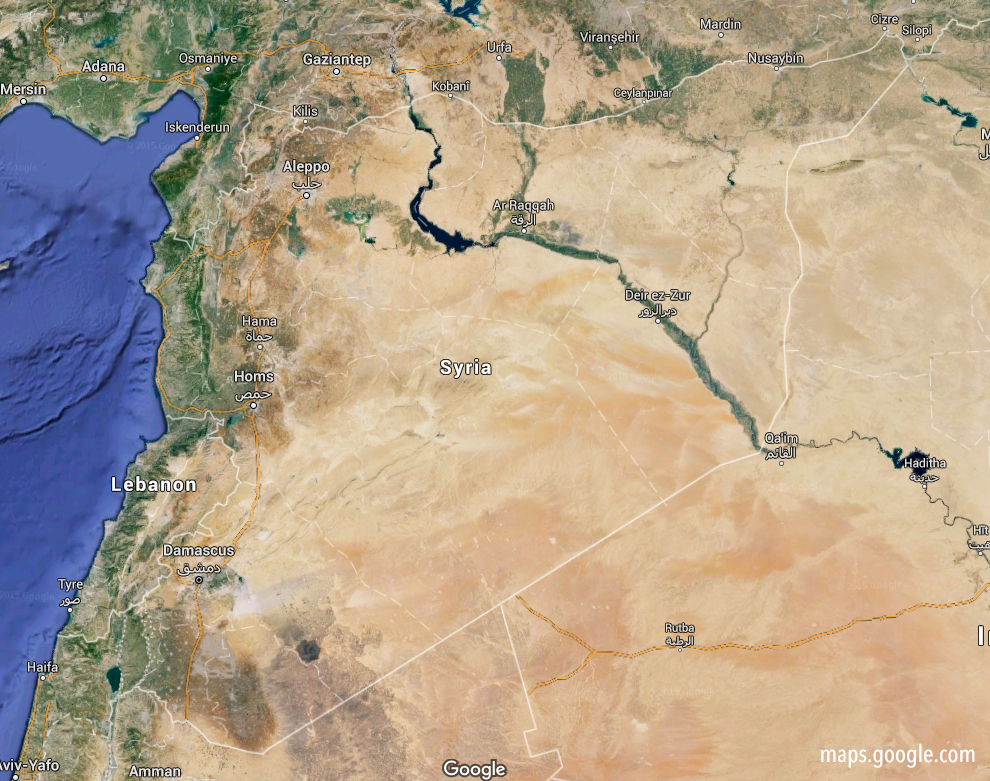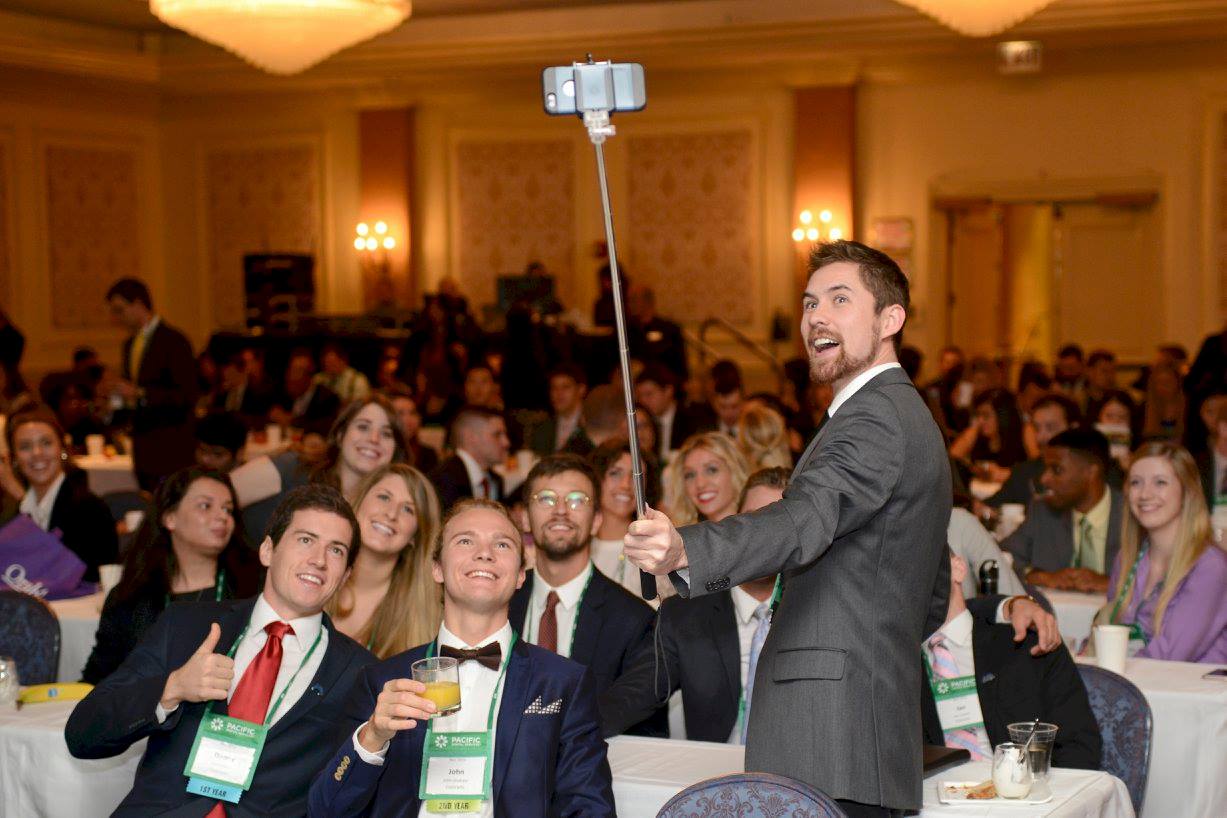 The Rocky Mountain Dental Convention was in Denver at the Colorado Convention Center over the January 18th-20th weekend. For students, this is a great event to see what the wide world of dentistry holds outside of the confines of school. It’s also a healthy venture for our education because we can see ideas and materials outside of the normal scope taught at school. At the vendor fair, I came across a new product that I was interested in learning more about. I want to share some of the things I learned about the product, Activa, and about the importance of researching dental materials.
The Rocky Mountain Dental Convention was in Denver at the Colorado Convention Center over the January 18th-20th weekend. For students, this is a great event to see what the wide world of dentistry holds outside of the confines of school. It’s also a healthy venture for our education because we can see ideas and materials outside of the normal scope taught at school. At the vendor fair, I came across a new product that I was interested in learning more about. I want to share some of the things I learned about the product, Activa, and about the importance of researching dental materials.
The Pulpdent station was one of the first booths at which I stopped. The sales rep claimed their new product Activa is the first truly new restorative material to hit dentistry in 30 years. Obviously, this claim piqued my interest. Activa has been clinically available since 2012, and has been researched for 15 years, according to the product website. Much of the research on Activa has been carried out at Tufts University School of Dental Medicine in Boston.
Activa is described as a bioactive, ionic resin restorative material. On the handout I received, the listed components are a patented bioactive ionic resin, a patented rubberized resin, and a reactive ionomer glass. The strength profile is considered to be compared to composite restorations, but with the fluoride ionic release capabilities of glass ionomer. In compressive and tensile strength tests, Activa equals the specifically mentioned Filtek composite system. It is also a moisture-friendly restorative material, which is desirable since the mouth is a naturally moist environment. Activa light cures and self cures, and is amenable to bulk fill as light can cure an increment up to 4mm thick! It comes in shades A1, A2, A3, and A4 at the present time. Lastly, it is radiopaque in radiographs. This is desirable so dentists can find restorations in new patients or patients receiving treatment. The radiopacitiy is comparable to 1.5 mm of aluminum.
The sales rep talked most about Activa being a bioactive restorative material. In layman’s terms, Activa reproduces the natural chemistry of the tooth by allowing ion exchange. Another reason this is important is that the bioactivity makes a solid interface between the restoration and the tooth surface. The sales rep made it clear that there is no clinical margin when using Activa as a restoration. This works by laying down apatite-like material using the oral cavity’s natural phosphate source in saliva. This means the material has bonded to the tooth in an integrative fashion.
After hearing some of this information from the sales representative and doing some research on my own, I thought, “What is a second year dental student to do with this information? Do I conclude that my practice will only use Activa once I’m in charge of stocking my shelves?” The research to date is very appealing, but there’s not much long term data as the product has only been clinically available for 2 years. The clinical results seem to be unique and exciting, but to me, it’s hard to describe a combination of resin and ionomer as a stand-alone, groundbreaking product.
I found that my trip to the RMDC Vendor Fair was an educating one. It has introduced me to a part of dentistry that will be a profound part of my practice management once I am choosing my own products. Innovation drives dentistry into the future, and Activa and similar products may have a strong hand in that future. On the other hand, prudence and patience are paramount to patient safety. Not to mention our bottom line can be shaken when patients come back into our office with our restoration in their hand. I highly recommend that every student spend a little time researching new products. Not only does it keep our research abilities sharp when not doing research of our own, but it allows us to be competent consumers.



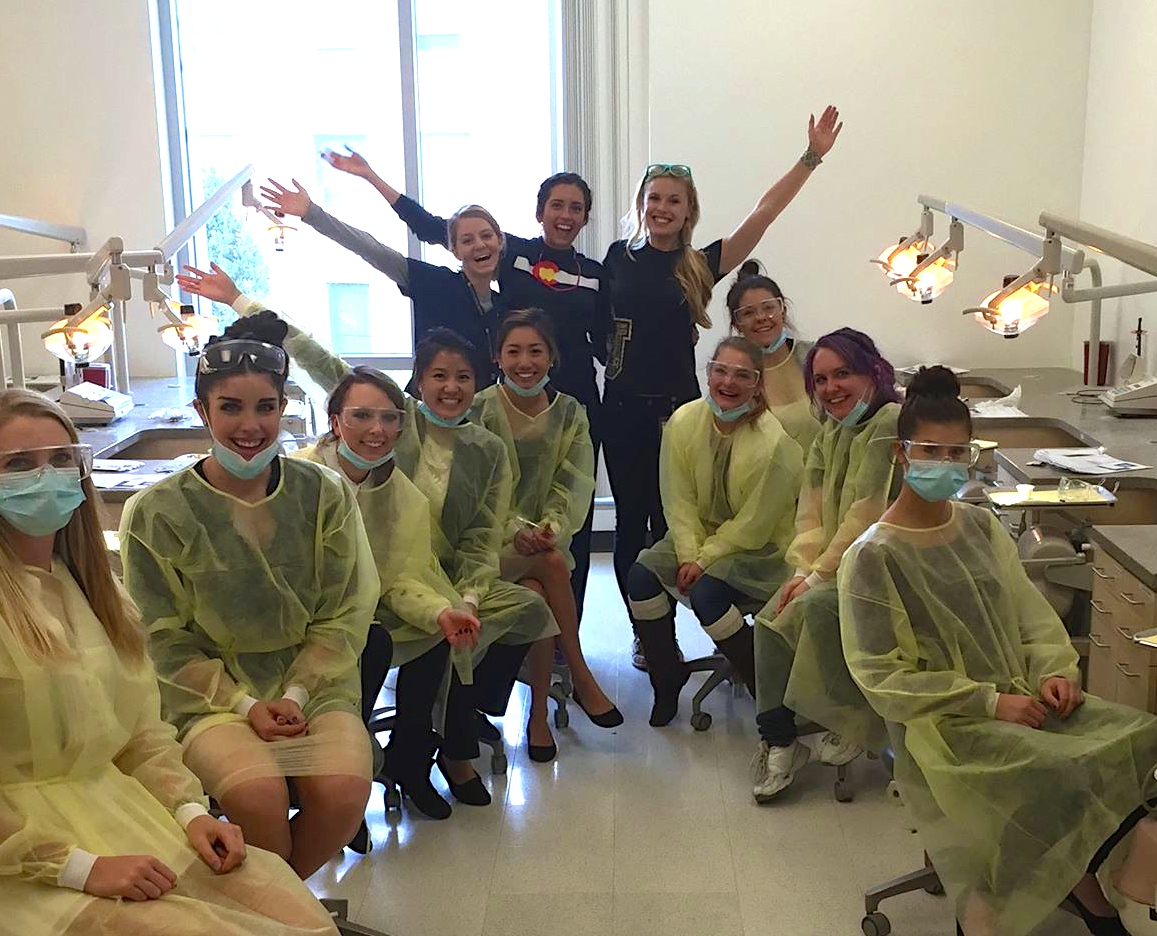

 So I got a cavity in dental school…
So I got a cavity in dental school…
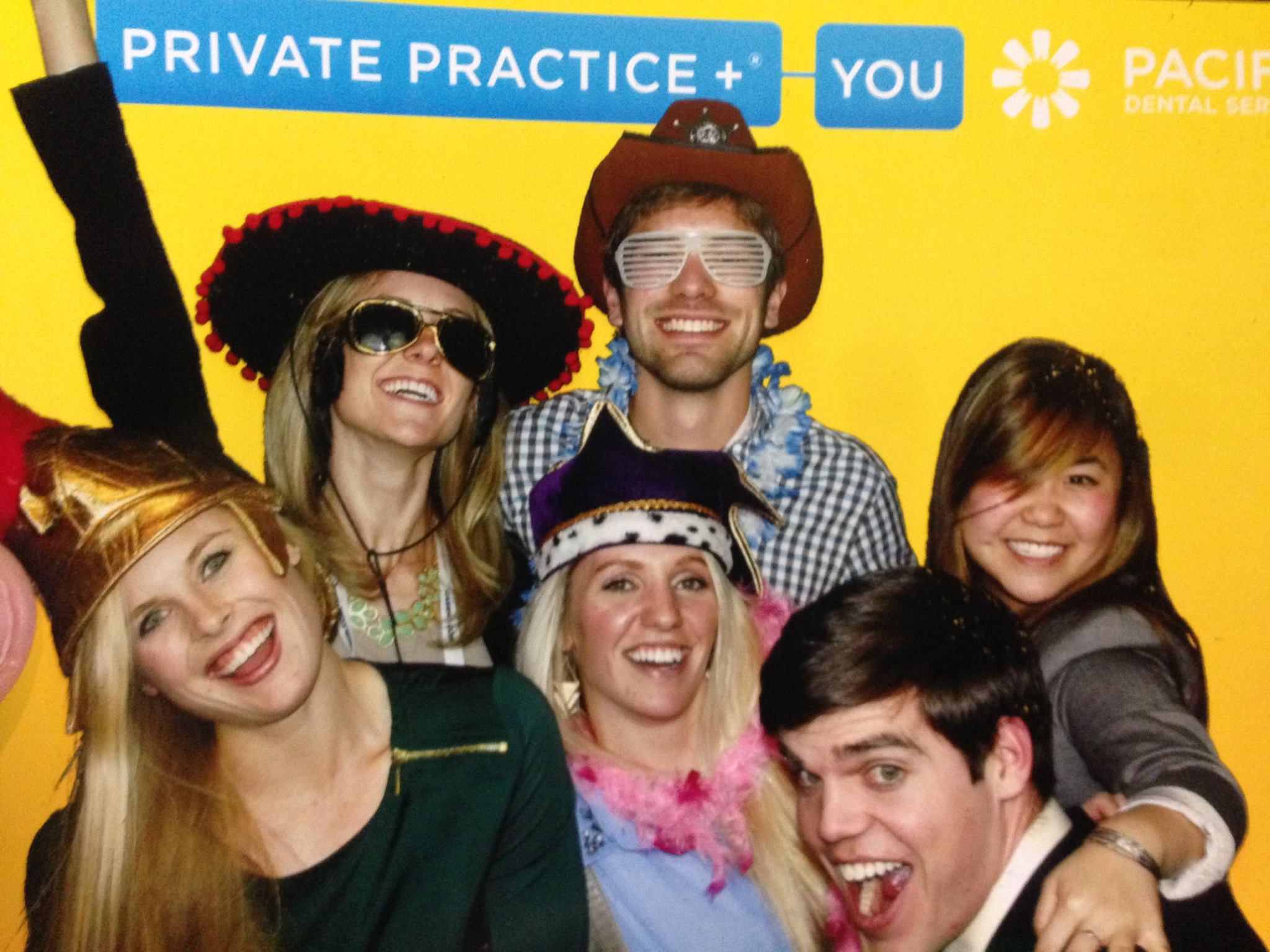

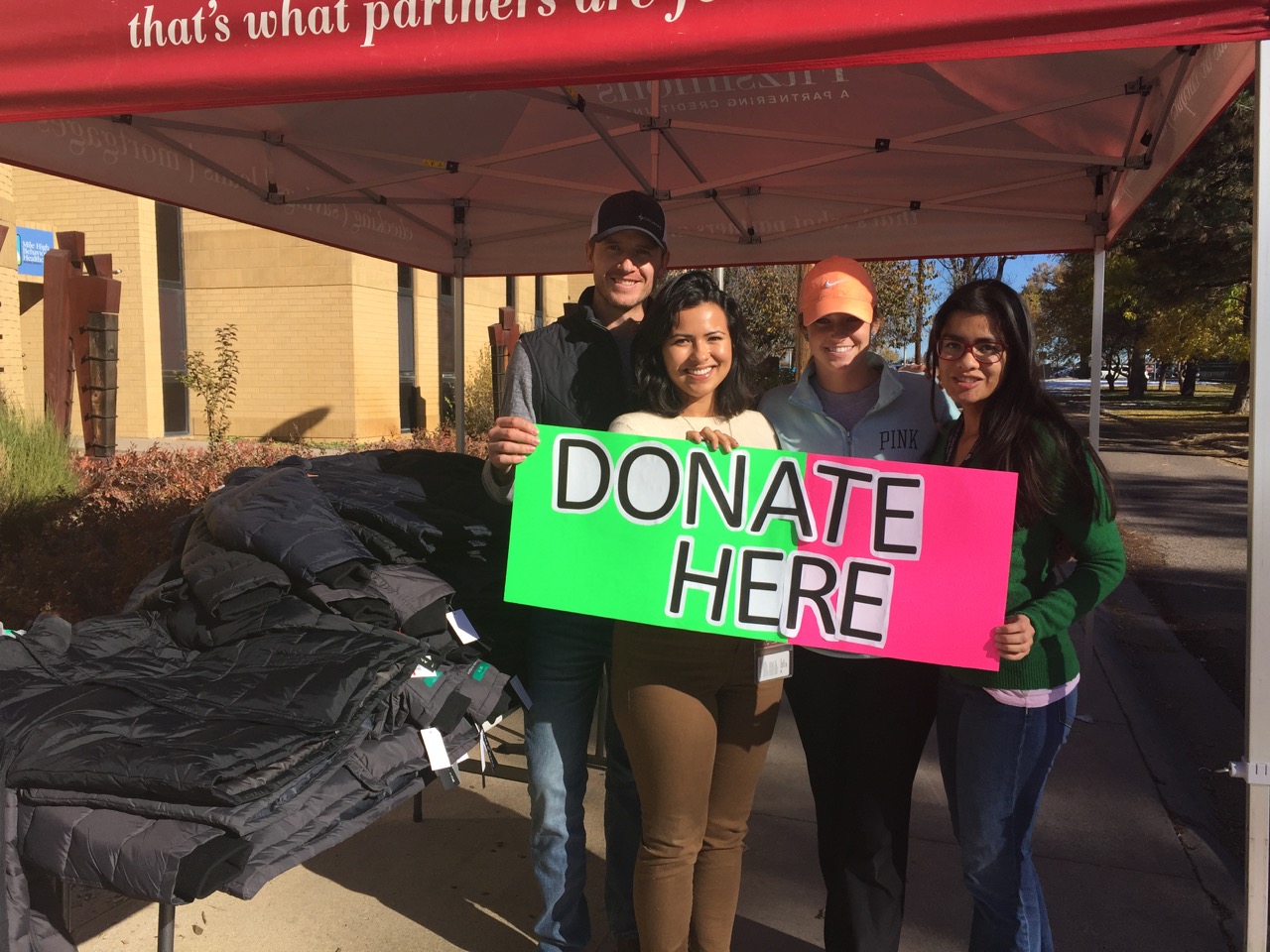 Over the past year, ASDA has had increasing involvement with the Comitis Shelter, a shelter near campus that houses individuals and families. Since beginning our involvement with the shelter, I’ve been surprised to learn more about the causes of homelessness and the statistics of those that are affected. For example, did you know there are over 14,000 homeless children in Colorado? As the holidays approach, giving back to our local community becomes increasingly important and your help can truly make a difference for a family in need.
One of the most crucial steps to helping is to become educated about individuals experiencing homelessness and to deconstruct misperceptions. During our first time volunteering at Comitis, I met a veteran currently undergoing chemotherapy at the Anschutz campus. Because of the intensive treatment, he’s unable to work and is residing at the shelter with his two young daughters. This gentleman, among others, represents one of the real reasons that a majority of these individuals are homeless. Sickness happens. Job loss happens. Death happens. Divorce happens. Sometimes people experience tough times.
Over the past year, ASDA has had increasing involvement with the Comitis Shelter, a shelter near campus that houses individuals and families. Since beginning our involvement with the shelter, I’ve been surprised to learn more about the causes of homelessness and the statistics of those that are affected. For example, did you know there are over 14,000 homeless children in Colorado? As the holidays approach, giving back to our local community becomes increasingly important and your help can truly make a difference for a family in need.
One of the most crucial steps to helping is to become educated about individuals experiencing homelessness and to deconstruct misperceptions. During our first time volunteering at Comitis, I met a veteran currently undergoing chemotherapy at the Anschutz campus. Because of the intensive treatment, he’s unable to work and is residing at the shelter with his two young daughters. This gentleman, among others, represents one of the real reasons that a majority of these individuals are homeless. Sickness happens. Job loss happens. Death happens. Divorce happens. Sometimes people experience tough times.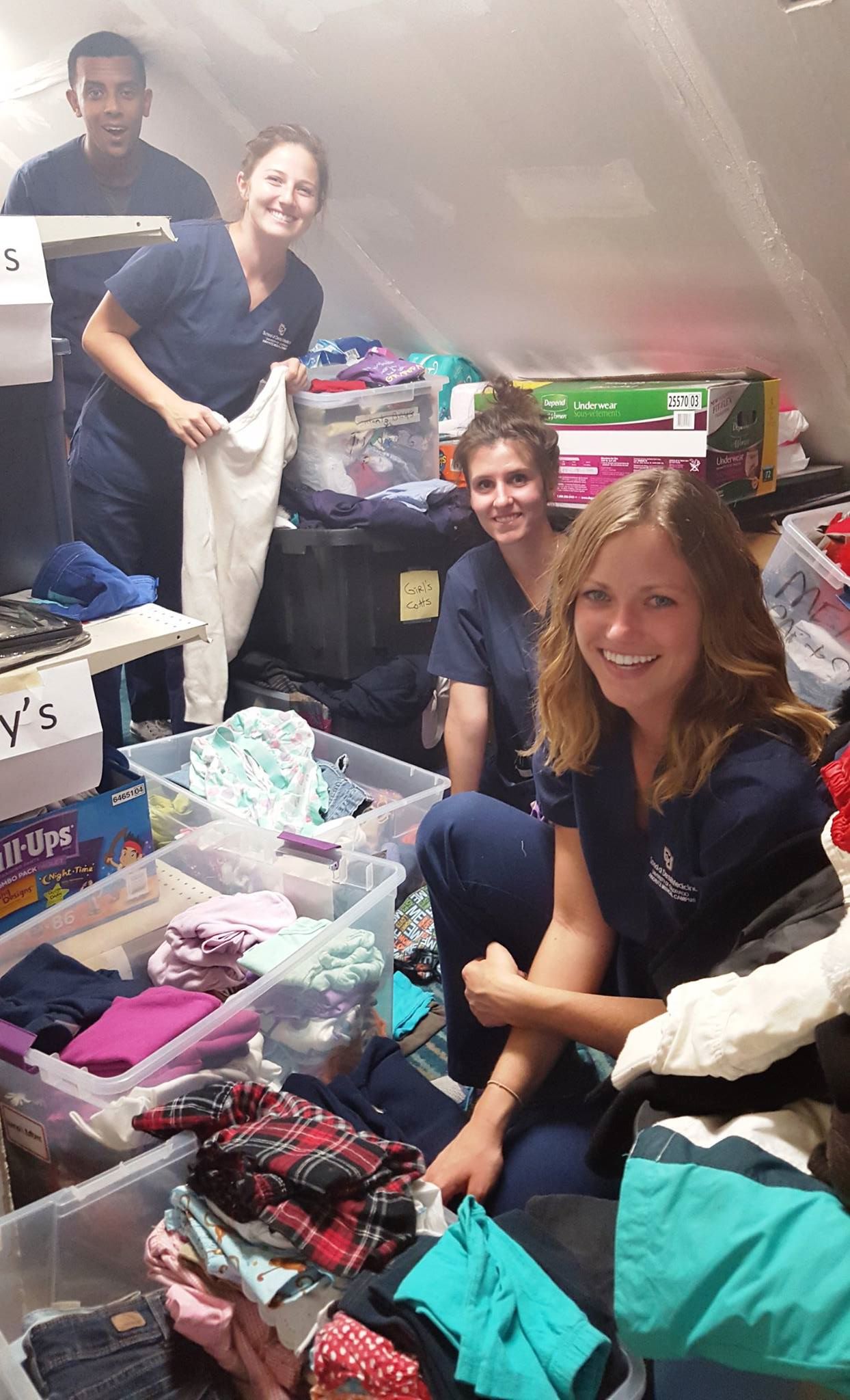 This year, I’ve been fortunate to work alongside so many good hearted and compassionate individuals dedicated to making a positive difference in our community. During our school wide warm clothing donation drive for our local shelter, hundreds of students and faculty donated warm clothing and helped spread the word to local organizations. The DS1 students even raised enough money to purchase nearly 30 coats for the shelter! Colorado winters are rough and it was great to see so many students work together to help keep people warm this winter.
This year, I’ve been fortunate to work alongside so many good hearted and compassionate individuals dedicated to making a positive difference in our community. During our school wide warm clothing donation drive for our local shelter, hundreds of students and faculty donated warm clothing and helped spread the word to local organizations. The DS1 students even raised enough money to purchase nearly 30 coats for the shelter! Colorado winters are rough and it was great to see so many students work together to help keep people warm this winter.
